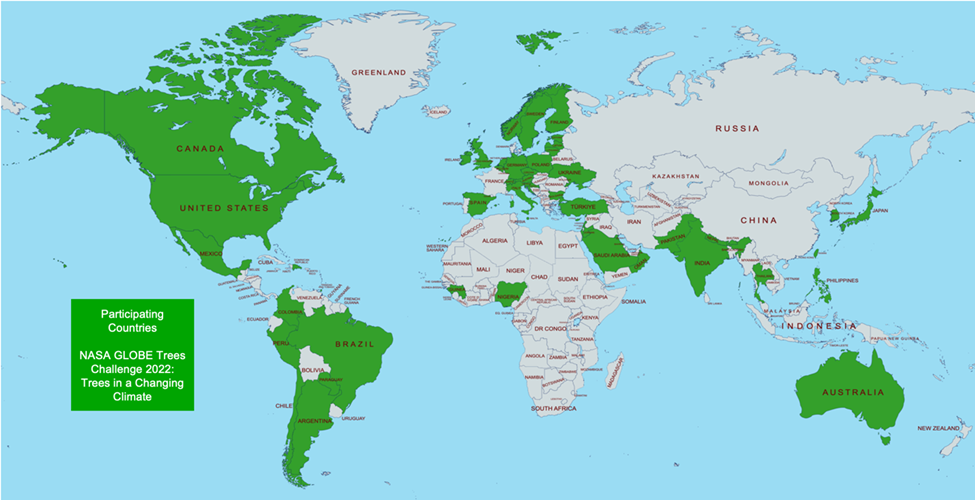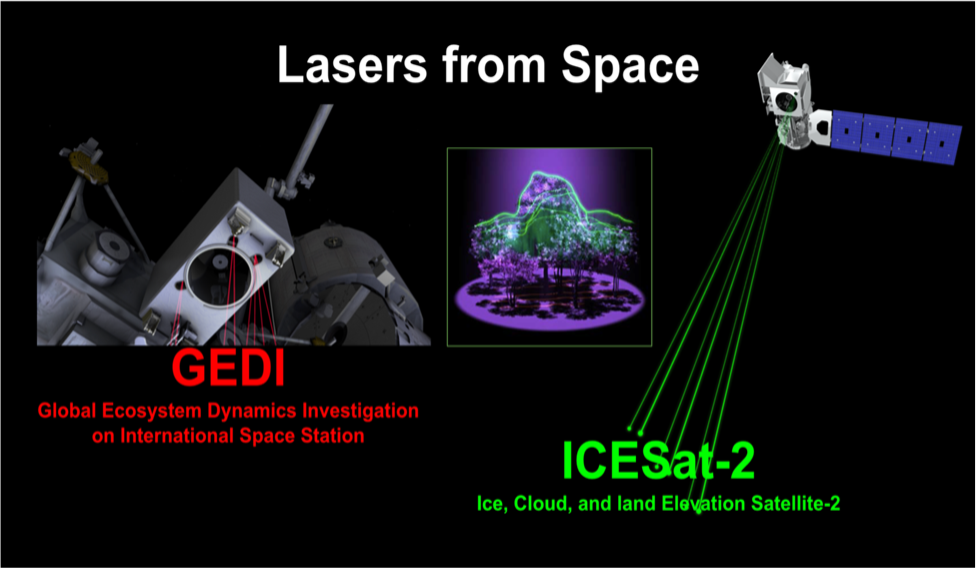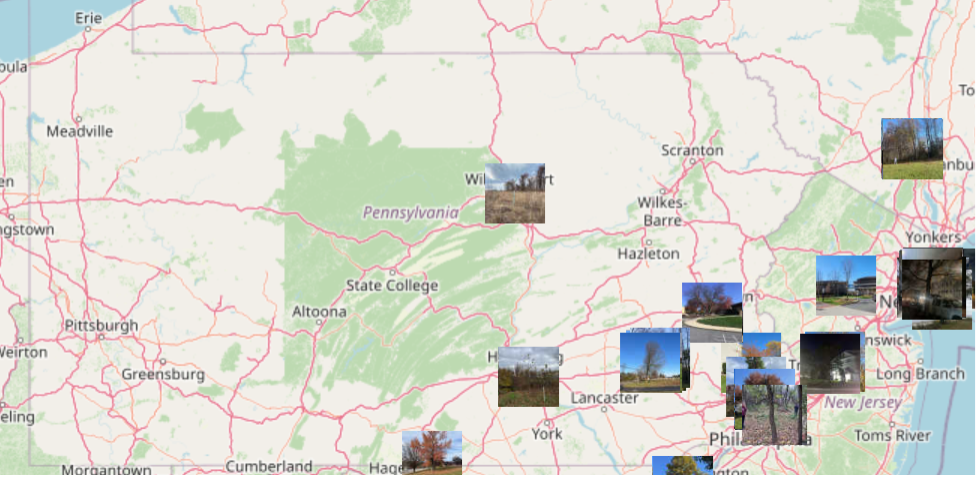News - GLOBE Observer
Before, During, and After the NASA GLOBE Trees Challenge 2022: A Revisit with the Keystone 10 Million Trees Partnership
From 11 October to 11 November, 2022, volunteers around the world took part in the NASA GLOBE Trees Challenge 2022: Trees in a Changing Climate. The challenge resulted in 4,700+ tree height observations from 1,500+ locations in 50 GLOBE countries!
With 3.03 trillion trees and 78,000 tree species on Earth, we strive to build and update the global inventory of tree height observations and collect as many tree circumference measurements as possible. Tracking how trees change over time, both in height and in the number of trees that make up an area, is a good indicator of an ecosystem’s health in an evolving climate. Additionally, both tree height and trunk circumference can help to measure biomass, which is the total mass of living material above ground in a particular area. Biomass is often measured to assess the health of an ecosystem. Trees and vegetation that make up the majority of the biomass in an environment are those that are controlling the water, nutrients, and solar resources in that environment.

The data collected by volunteer scientists during the challenge, provide a ground-based point of view, that can be compared to the space-based tree height data from missions such as the Ice, Cloud, and land Elevation Satellite-2 (ICESat-2) and the Global Ecosystems Dynamics Investigation (GEDI) instrument on the International Space Station. All of the observations from various sources allow scientists to create global maps of land cover and forests and can help us understand how our planet is responding to a changing climate. Combining the ground-based tree height observations from GLOBE and the space-based tree height observations from ICESat-2 and GEDI, student and professional researchers can access a large amount of data from locations across the globe.

One example of a group that has been very active with the GLOBE
Trees community is the Keystone
10 Million Trees Partnership
- Science is Better Together: The Keystone 10 Million Trees Partnership
- Science is Better Together: The Girl Scouts in the Heart of Pennsylvania and the Chesapeake
-
Saving
the Bay From Space

Let’s take a look at some of the things that the Keystone 10 Million Trees Partnership has been doing with GLOBE Trees, before, during, and after the NASA GLOBE Trees Challenge 2022: Trees in a Changing Climate.
The Keystone 10 Million Trees Partnership (K10) has been working with key stakeholders, conservation groups, technical assistance providers, growers, volunteers and many others to plant ten million trees across Pennsylvania, U.S.A. by 2025, and they are halfway to their goal!
This October, at Furnace Run Park near Shippensburg, Pennsylvania, K10 planted their five-millionth tree! This monumental achievement was the work of numerous hands working together to get trees in the ground!
Planting trees is essential to the success of the Keystone 10 Million Trees Partnership, but it is not the only goal in mind. A pillar of the program is ensuring that the trees planted are healthy, surviving, and growing at an optimal rate.
With so many tree plantings happening across the state, the GLOBE observer app allows K10 team members to log the height of newly planted trees and return to older plantings to see how the trees are growing.
And they don’t have to do it alone, as volunteers and citizen scientists do their part to add observations to K10’s GLOBE Observer team. A GLOBE Team is a group of citizen scientists working together as an organization. Teams can be used to set up a competition, coordinate a community’s citizen science efforts, support an educational or corporate initiative, or simply enable collaboration. Teams may include GLOBE schools and GLOBE Observer volunteer scientists; and anyone can form or join a GLOBE team.
This fall, a handful of K10 staff members participated in the NASA GLOBE Trees Challenge 2022 by returning to planting sites near Harrisburg, Lancaster and Berks County in Pennsylvania.

Among the team was Harry Campbell, Chesapeake Bay Foundation’s Director of Science Policy and Advocacy. After participating, he shared the following:
“The app makes collecting data very easy by providing simple, step-by-step instructions. Even on a cold and blustery day, it was fun going out and collecting data. It’s an easy way to join the effort to collect important information about nature’s secret weapon – against a myriad of environmental ills –trees. Also, the app is a great way for tree planters to be reminded about the importance of tree maintenance. And with challenges to participate in with people across the globe, it demonstrates the importance of working together to achieve a shared goal for our climate.”
This year, the Keystone 10 Million Trees Partnership is looking forward to adding more tree observations to their team database, and to recruiting new volunteers. With over 500,000 trees being directly funded by K10 in 2023, there has never been more of a need to keep track of new and old tree heights and observations.
If you are interested in learning more about the Keystone 10 Million Trees Partnership, please check out our website and join the GLOBE Observer team by using the referral code: GLIDQMMJ.
Brian Campbell (NASA Wallops/GST) is a NASA Senior Earth Science Outreach Specialist at the NASA Goddard Space Flight Center’s Wallops Flight Facility in Wallops Island, Virginia, USA. Brian is also the Trees Around the GLOBE Student Research Campaign Lead and the Trees Science Lead for the NASA GLOBE Observer citizen science program. Brian works with local to international students, educators, citizen scientists, and researchers in over 100 countries.
Isabella DeFrancesco is a Communications and Marketing Specialist for the Chesapeake Bay Foundation’s Making History Campaign which works to plant 10 million trees across Pennsylvania, 10 billion oysters in Maryland and Virginia and raise 1 million advocates for clean water by 2025. She oversees all outreach and communication strategies for the campaign and works with students, partners, activists, and scientists across the watershed.
Comments
View more GLOBE Observer news here.








